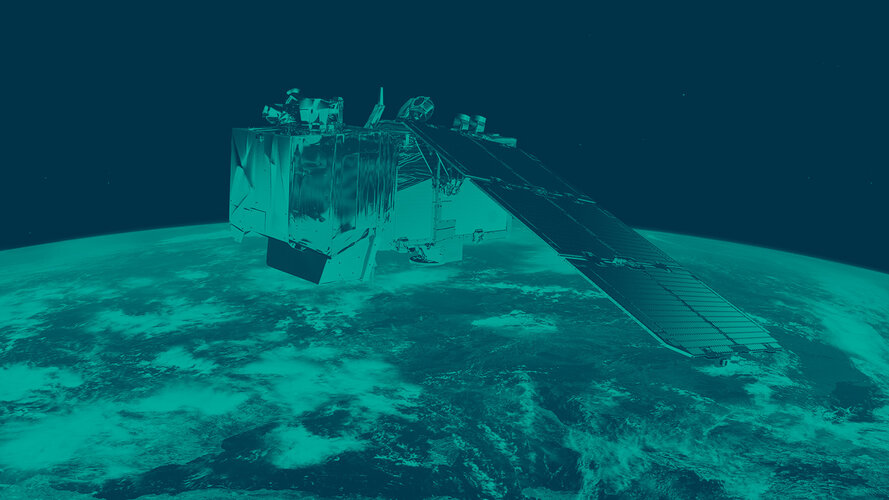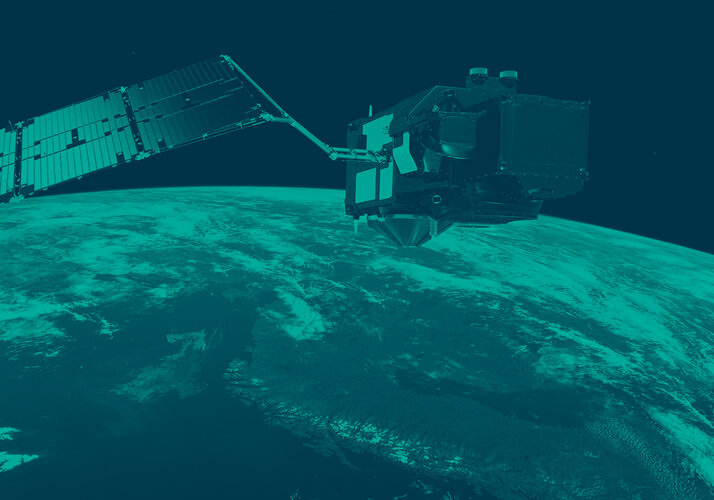Land services
The objective of the Copernicus Land Monitoring Service is to provide land-cover information to users in the field of environmental and other terrestrial applications.
The Land Monitoring Service started its activities in mid-2011 as part of the GMES Initial Operations (GIO) and became operational in 2012.

The current service is articulated in three components:
A global component – producing land information through a wide range of biophysical parameters in near-real time and on 10-day frequency with global coverage. These parameters describe the state of vegetation (e.g. leaf area index), the energy budget (e.g. albedo) and the water cycle (e.g. soil moisture index).
A Pan-European component – producing land-cover and land-change maps at continental scale as well as geophysical and vegetation parameters for seasonal and annual change monitoring. Initial activities include the provision of a pan-EU land-cover map for 2012 (which is an extension of the CORINE Land Cover achieved in 2006) and of the corresponding change product between 2006 and 2012. In addition, five high-resolution layers on land-cover characteristics will be produced for artificial surfaces (imperviousness layer), forest areas, agricultural areas (grasslands), wetlands, and small water bodies.
- A local component – aiming at providing detailed information, complementary to the products of the Pan-European component, for specific areas of interest (e.g. urban atlas, biodiversity hot spots – riparian areas).
The Sentinel satellites provide substantial benefits for the land monitoring applications.

In particular, Sentinel-2, with its 13 bands covering the visible to the shortwave infrared spectrum allows an efficient mapping of vegetation at 10–20 m resolution, suitable for instance for pan-European high-resolution products. With its wide swath of 290 km and two satellites in orbit, the mission significantly reduces the number of images needed to cover the continent and result in a very frequent revisit time (five days at the equator).
The production of the next CORINE land-cover update will be facilitated by frequent revisit time, making the acquisition of multi-date images possible. This allows changes to be detected more frequently.
Such frequency also increases the possibility of getting cloud-free images, particularly in regions prone to cloud cover such as the north and tropical regions. Sentinel-2’s high re-visit cycle also opens possibilities for producing higher-resolution bio-geophysical variables.
Sentinel-3, with its medium-resolution optical and thermal infrared sensors, is of particular relevance for the global land monitoring. This guarantees continuity and enhancement of Envisat within an operational frame. Sentinel-3’s innovative altimeter also allows further advancements for monitoring water levels of rivers and lakes worldwide.















 Germany
Germany
 Austria
Austria
 Belgium
Belgium
 Denmark
Denmark
 Spain
Spain
 Estonia
Estonia
 Finland
Finland
 France
France
 Greece
Greece
 Hungary
Hungary
 Ireland
Ireland
 Italy
Italy
 Luxembourg
Luxembourg
 Norway
Norway
 The Netherlands
The Netherlands
 Poland
Poland
 Portugal
Portugal
 Czechia
Czechia
 Romania
Romania
 United Kingdom
United Kingdom
 Slovenia
Slovenia
 Sweden
Sweden
 Switzerland
Switzerland




























